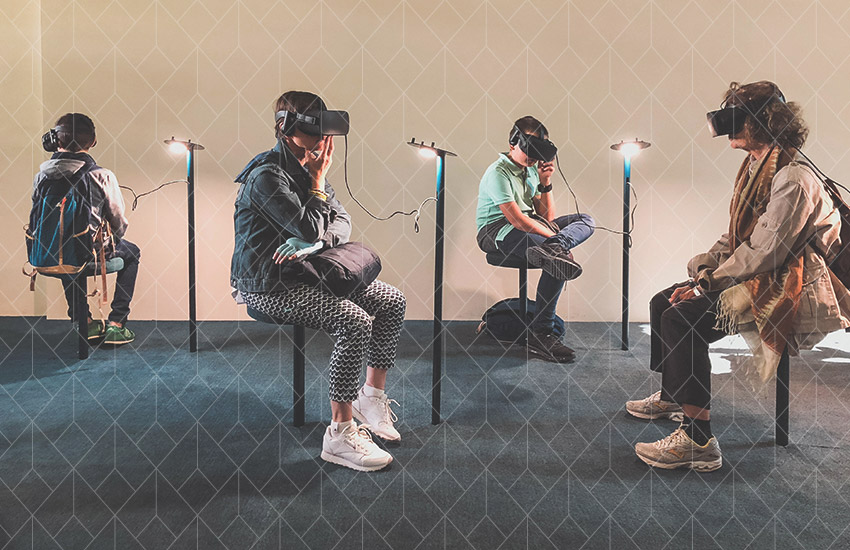AI Revolution and Crucial EdTech Trends

Education Cybersecurity Weekly is a curated weekly news overview for those who are concerned about the Education industry. It provides brief summaries and links to articles and news across a spectrum of cybersecurity and technology topics that are specific to the industry.
Short review of major trends in EdTech Sector
People Matters on October 4, 2018
Even obvious facts, like the intensive development of education technologies, sometimes require a proper proof of their existence. According to Google, the EdTech sector is expected to touch $1.96 Bn by 2021, with close to 9.6 Mn users, from $247 Mn and over 1.6 Mn users in 2016. The most expanding fields in EdTech landscape are corporate educational technologies, trailing consumer-facing companies, K-12 Sector, and higher education.
Meanwhile, Coursera, Imarticus Learning, and Simplilearn noted several new trends in EdTech Sector:
- Use of emerging technologies like AI, ML, AR, VR in getting online learning experience.
- Bite-sized or micro-learning modules due to new consumption habits of young digital consumers.
- Personalization that provides an opportunity to construct individual learning paths.
Although the EdTech sector holds a lot of promises, it faces challenges like Acquisition Cost on providing services to the specific audience and Engagement Rates to keep learners engaged in the learning lifecycle.
What are the limits of persuasive design influence in EdTech?
EdSurge on October 2, 2018
These days, persuasive technology is not only about making a customer buy more apples in the market. Actually, the apple is probably more associated with gadget rather than a fruit. The blue IKEA store map with yellow footprints, nudges (text messages or emails sent to students reminding them about their upcoming deadlines or just to check in on their grades) and iPhones have one thing in common – they use persuasive technologies to shape the behavior of their audience.
The only question here is how can data and tech be designed to steer individuals — or our society on the whole — in a better direction? To answer it “EdSurge” interviewed three experts who study persuasive tech and behavior design. Their key recommendation was to create these technologies under the transparent control based on the ethical frameworks and to carefully research their impact on the educational process.
AI in China: the revolution in local EdTech
ELearning Inside on October 8, 2018
Surely, 2018 can be called a year of AI in China: the investment in Chinese AI-focused companies now accounts for nearly half of all global AI funding, while EdTech companies in China raised about $842 million in the first quarter of 2018 alone.
The first step in achieving such results was in 2017, when the People’s Republic of China unveiled their “Next Generation Artificial Intelligence Development Plan”, according to which, the government will promote AI in teaching, management, resource construction, and other full-scale applications, and develop [a] three-dimensional integrated teaching field, based on big data, intelligent online learning, and education platforms”.
Thus, China confidently takes a lead in the implementation of AI technologies. But while Chinese officials have pegged AI-delivered instruction as a means to deliver quality education where it is otherwise unavailable, the U.S., another leader of AI sector, has taken the opposite approach, prioritizing quality and parental concern.
